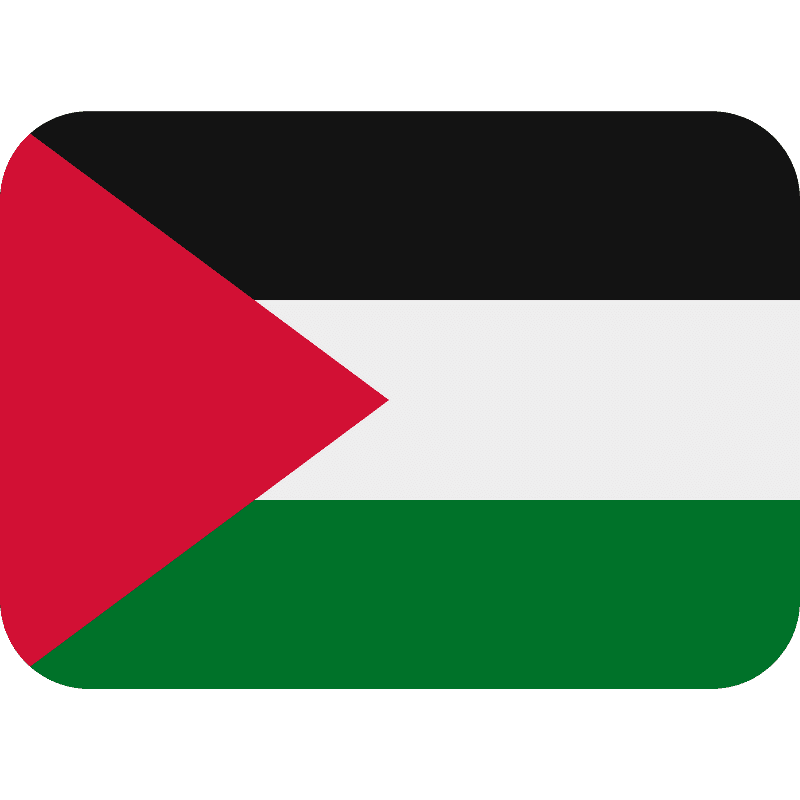Purpose
The purpose of this page is to provide you, the reader, with facts about the situation in Palestine. The figures below represent the number of Palestinians who were killed or injured since 2008 in the context of the occupation and conflict (source):
Deaths
Injuries
152,560
6,407
History
The current crisis traces its origins back to the Nakba, also known as the "Palestinian Catastrophe," in 1948 when a substantial number of Jewish immigrants from Europe resettled in Palestine to establish the state of Israel. This event, marked by the expulsion of 700,000 Palestinians, the destruction of over 500 Palestinian villages, and the denial of their right to return, resulted in the permanent displacement of a significant portion of the Palestinian population (source). The Nakba continues to profoundly influence the Palestinian struggle for justice and their right to return home, with over 5 million Palestinian refugees dispersed throughout the Middle East today (source).
FAQ
What is Gaza?
Gaza is a small, 25-mile strip of Palestinian land. Over 2 million Palestinians currently live in Gaza, and about half the population are children. To put it into perspective, it’s about the size of Detroit and is home to 4x as many people.
Who is Hamas?
Hamas is a Palestinian political party that emerged in Gaza in the 1980s in response to various Palestinian political parties' efforts to end Israeli military occupation. It's essential to clarify that the actions of Hamas do not reflect the beliefs of all Palestinian civilians. While the Israeli defense team may cite the actions of Hamas to justify their attacks on Palestinian hospitals and schools, it's crucial for you to note the difference between the Hamas and the broader Palestinian civilian population. Palestinian civilians are being harmed, and the actions of Hamas is being used to justify this.
What were the key events that led to the recent violence between Israeli forces and Hamas?
The recent escalation of violence starts with an incident at the Al-Aqsa Mosque, where Israeli forces entered the mosque to make arrests. In response, on October 7, Hamas breached the security barrier and attacked IDF facilities, resulting in casualties and the abduction of Israeli soldiers. The IDF retaliated and conducted airstrikes on locations believed to house Hamas leadership, as well as civilian areas. The Israeli warplanes have conducted airstrikes in Gaza, targeting hospitals, schools, apartment buildings, marketplaces and other facilities (source), while also completely severing access to water, food, and electricity (source). This is considered “collective punishment”, which is considered a war crime.
What do international human rights orgs say about Israel's oppressions of Palestinians on Gaza?
Amnesty International and Human Rights Watch have called for an end to Israel's apartheid policies against Palestinians in Gaza and the West Bank. The United Nations has characterized Gaza as "unlivable" for years due to Israel's oppressive blockade.
What is life like for Palestinians in Gaza?
Israel has frequently bombed Gaza, resulting in the loss of approximately 6,400 civilian lives, including more than 2,300 children since 2008. When not under attack, Palestinians in Gaza face ongoing struggles to meet their basic survival needs.
What do Palestinian in Gaza want?
Like all people, Palestinians in Gaza desire the fundamental rights of freedom and safety on their own land. The denial of these basic rights to an entire population is unjustifiable.
How can I take action?
Here are a few tips on how you can take action
Contact your representatives to demand immediate ceasefire
Share your views on the coverage with local & national media outlets
Organize and attend protests
Help educate others by sharing gaza.fyi and sharing posts on social media.
Donate to reputable sources.
